There are a lot of critters that can stealthily kill your plants, but one of the sneakiest – and most interesting – is the bagworm. Chances are, you’ll see the damage before you spot one, as they live in a camouflaged shelter that they carry with them, much like a hermit crab.
However, once you find one, it tends to become easier to spot more. Here’s the lowdown on these nasty little critters and how to get rid of bagworms before they get rid of your garden.
Getting to Know Bagworms
There’s not a whole lot to say about bagworms (family Psychidae) except that they’re sneaky, can travel a fair distance by wind (anyone who’s seen Charlotte’s Web will be familiar with ballooning), and feed on at least 128 different types of tree and shrub.
The Curious Life of Bagworms
While bagworms have the same life stages as other butterflies and moths, they go about it in a most curious manner. From a normal egg phase, the strangeness begins with the larval stage and continues into adulthood.
Where Do Bagworms Lay Their Eggs?
Female bagworms lay their eggs inside the silk bags they carry, with a single bag holding 500 to 1,000 eggs. Once she’s finished laying the eggs, the female lets go of the bag and dies.
After fertilization, it takes 5 to 10 days to begin the egg-laying process and about two to three weeks to complete. The eggs hatch in late spring to early summer.
The Larval Hobos
Soon after hatching, the ⅛-inch long bagworms create little silk parachutes and let the air carry them to prime feeding grounds. They then spin a cocoon-like bag out of silk and leaf debris, carrying it with them as they travel and feed.
As they grow, they expand the cocoon. Once the bag is about two inches long, they fasten it to a tree branch. This will become their cocoon.
How Long Do Bagworms Stay in Their Cocoon?
The pupal stage occurs in late summer to early autumn and only lasts a few weeks. However, they don’t always leave the bag afterwards.
The “Come On Over” Adult Stage
When the adult bagworms break free of their cocoon bags, it’s only the males that emerge. The coloration varies from one species to another, but they’re often black with furry antennae. Unlike most moths, their wings tend to be hairy instead of scaly.
The males then seek out the adult females, which are grublike and wingless, remaining sheltered in their cocoons. Once the male has mated through an easy-access hole in the bag it dies, leaving the female to create the next year’s generation.
Exceptions to the Rule
One of the reasons Mother Nature is so diverse is because adaptations help to ensure critters don’t die out. In some cases, evolution even takes a step backwards if a species is too specialized.
In other cases, a critter may bounce back and forth between having certain features and not having them. Picture how snakes lost their legs and stick insects can’t make up their minds whether to have wings.
Bagworms also love to adapt, creating all sorts of little differences. For example, there are species where female bagworm moths that grow wings. Bagworm bags also vary in shape and size, with some looking pretty crazy and others looking like a flat sleeping bag. The snailcase bagworm actually makes a spiral bag for itself!
What Causes Bagworm Infestation?
Bagworms are the larval and pupal stages of moths belonging to the Psychidae family, which has approximately 1,350 species worldwide.
An infestation initially happens when one or more larvae balloon to your tree or shrub. Once infested, the bagworms will return every year unless eliminated completely.
See Also: How to Get Rid of Spongy Moths
What Do Bagworms Eat?
Bagworms are known to infest both evergreen and deciduous trees. Their presence is less noticeable on the latter, however, as deciduous trees grow new foliage every year.
Evergreens are less fortunate and may even die if the infestation is bad enough. One species, Thyridopteryx ephemeraeformis, has become notoriously known as the evergreen bagworm due to its food preference.
Among the 120-plus trees and shrubs bagworms are known to infest are:
- Arborvitae
- Basswood
- Black Locust
- Box Elder
- Cedar
- Conifer
- Cypress
- Elm
- Fruit Trees
- Honey Locust
- Indian Hawthorn
- Japanese Maple
- Juniper
- Ligustrum
- Maple
- Oak
- Persimmon
- Pine
- Poplar
- Roses
- Spruce
- Willow
While evergreens are at the highest risk of the entire tree dying, branches from any host plant can sometimes die due to the silk wrapped around them.
Do Bagworms Come Back Every Year?
Unfortunately, bagworms will continue to appear every year until they’re dealt with. Also, keep in mind that the larvae use ballooning to find a feeding spot, so it might be necessary to team up with your neighbors to ensure these little pests are properly dealt with.
Do Bagworms Bite?
Bagworms don’t bite. In fact, the adults never properly develop mouthparts, which is why they die after mating.
Do Bagworms Make Noise?
These tiny pests are nearly undetectable, which is just how they like it. Chances are, even a hypersensitive microphone would be unable to pick up the sound of them munching or an adult male in flight.
Can Bagworms Infest My Home?
Only one species of bagworm is known to enter homes. Known as the plaster bagworm or household casebearer (Phereoeca uterella), this odd moth is similar to (and handled the same as) clothes moths.
It actually feeds on spider silk and its bags are gritty and sandy-looking.
Bagworms vs Fall Webworms and Tent Caterpillars
Tent caterpillars (Malacosoma spp.) and fall webworms (Hyphantria cunea) create tent-like webs to protect them. While tent caterpillars can do a lot of damage, fall webworms are generally harmless.
You’ll find tent caterpillars in the spring, while fall webworms appear in – you guessed it – the fall. Neither of these moth larvae carry their shelter with them like bagworms do, and bagworms are mainly active in the summer.
Getting Rid of Bagworms
The good news is that it’s easy to get rid of bagworms once you find them. The bad news is they can come back if you don’t get them all. You’ll also have to ensure they aren’t camping out in nearby trees just beyond your property line.
How Do I Get Rid of Bagworms at Home?
You might be thinking it’s a lost cause if you have neighbors with their own trees and shrubs, but you can still get rid of these pests on your property. The trick is to let your neighbors know and teach them what to look for. This community effort can push back a bagworm invasion and help keep them from returning.
Of course, if you own many acres of land, there’s a chance you’ll need to hire an exterminator. This not only saves you a lot of time and frustration, but they’ll notify neighboring landowners of the potential threat, including the county office, if some of that land is government-owned or abandoned.
Don’t Be Afraid to Get Picky
Handpicking isn’t the most glamorous method of eliminating bagworms, but it’s fast and effective. Simply grab a bucket of soapy water and pluck the little buggers off, dropping them into the bucket as you go.
This is the perfect solution if you only have a few shrubs or trees, although it can grow tedious if you have extensive rose gardens or several trees to cover. Also, this trick works with both the larval stage (you might want to wear gloves for that, though) as well as the overwintering egg sacks.
Just be sure to cut the silk that held the bag in place so it won’t choke the branch later on. You may also choose to simply prune away a branch that has multiple bagworms on it.
Using Bt
We’re all about natural remedies, and one of the most effective is a little fellow by the name of Bacillus thuringiensis (Bt). This bacterium preys on bagworms (and many other pests). when consumed, it destroys their stomach lining, making the victim starve to death. Bt is perfectly harmless around humans and pets, though.
Simply spray it in late spring right about the time the bagworm larvae should be emerging. Reapply every 10 days until the infestation is confirmed gone. Note that Bt has a little trouble dealing with larger larvae, so it’s best not to wait too long to start applying it.
- INSECT KILLER - This pest control is designed for use on caterpillars and worm...
- FOLIAGE PROTECTOR - This insecticide is designed for use on a variety of plants...
- SAFE FOR EARTHWORMS & BEES - When used as directed, Monterey B.t. has no effect...
Neem Soil Soaks
Neem oil is a highly effective means of pest control that won’t harm beneficial insects when properly applied. You can use it as a foliar spray, but this requires direct contact with the pest, and it dissipates within an hour, making it a poor choice for bagworms.
Instead, the soil soak can be used on most plants, turning into a systemic insecticide that lasts around three weeks. It only harms critters that pierce the plant, such as aphids, grasshoppers and locusts, or bagworms.
The pure neem used in a soil soak can disrupt an insect’s ability to become sexually mature or even cause it to starve itself, as the active chemical compounds closely mimic insect hormones. Best of all, you can harvest any food from the plants in as little as 24 hours with no risk of toxic contamination.
To make a neem oil soil soak, combine the following ingredients:
- 4 tablespoons of pure neem oil
- 1 teaspoon Dawn dish soap
- 1 gallon of warm water.
Pour 2-4 cups of the mixture by the base of each plant and around its roots. You’ll want to avoid using it near inhabited water features, as neem is toxic to some aquatic life. One treatment will last up to 22 days and can be applied every three weeks to keep your plants safe.
- 🌿【The PUREST Neem Oil on the Market!】- Plantonix Neem Bliss is freshly...
- 🌸【Super Concentrated Neem Oil】- Unlike other brands, our neem oil spray...
- 🌱【Organic Neem Seed Oil】- Neem Bliss is listed by the Organic Materials...
Can I Burn Bagworms?
As much fun as playing with fire can be (kidding!), you’re bound to also burn the plant you’re trying to save and possibly also yourself.
Stick to other remedies to avoid the risk of doing more harm than good, especially since burning bagworms would take longer than simply plucking them off.
Do Bagworms Have a Natural Predator?
YES! There’s actually a wide range of beneficial critters that will help control the bagworm population, although they may not be able to handle a full-blown infestation on their own.
Consider attracting birds into your yard, especially the humble sparrow. Woodpeckers are known to tear into the bags. Other bagworm predators include:
- Chickadees
- Hornets
- Nuthatches
- Parasitic Wasps
- Sapsuckers
- Titmice
You can attract many of these with a bit of companion planting near the at-risk trees, as well as adding bird feeders or birdbaths. Some good companion plants are:
- Blanket Flower
- Chrysanthemum
- Cosmos
- Echinacea
- Fleabane
- Frikart’s Aster
- New England Aster
- Oxeye Daisy
- Rudbeckia
- Shasta Daisy
- Yarrow
- Zinnia
Avoid using plants that normally repel, such as chives, garlic, mint, or rosemary. These may drive away some of the natural predators you’re hoping to attract.
Chemical Control Options
While not the best option, you have plenty of insecticides that will work against bagworms. However, they won’t be able to penetrate the egg sack, making it important to spray around late spring when the bagworms first hatch.
Look for insecticides that contain acephate, carbaryl, cyfluthrin, diazinon, malathion, permethrin, or spinosad. Of these, permethrin is the most popular and effective, while spinosad is the least toxic to humans and animals.
However, if you missed the June to July window and want to hit those egg sacks, the best option is something called dormant oil. This can be sprayed onto the egg sacks and will suffocate the eggs inside. You only need three ounces per gallon of water, although anything you mix will spoil if not used within 24 hours.
How Do You Prevent Bagworms?
Unfortunately, preventing bagworms is purely a matter of due diligence. Use neem soil soaks regularly and spray your plants in late spring to catch any bagworms that try to migrate onto the property. Late June to early July is the best time to spray.
Alternatively, you can be proactive with your allies. Do your companion planting and add any bird-friendly features to the yard or garden earlier in spring.
This will allow your little garden helpers to amass in time to catch the bagworms as they hatch or attempt to land on your plants – well before they can do any damage.
- How to Get Rid of Hawks - March 8, 2024
- How to Get Rid of Pill Bugs (Rolly Pollies) - March 1, 2024
- How to Get Rid of Groundhogs (Woodchucks) - February 5, 2024

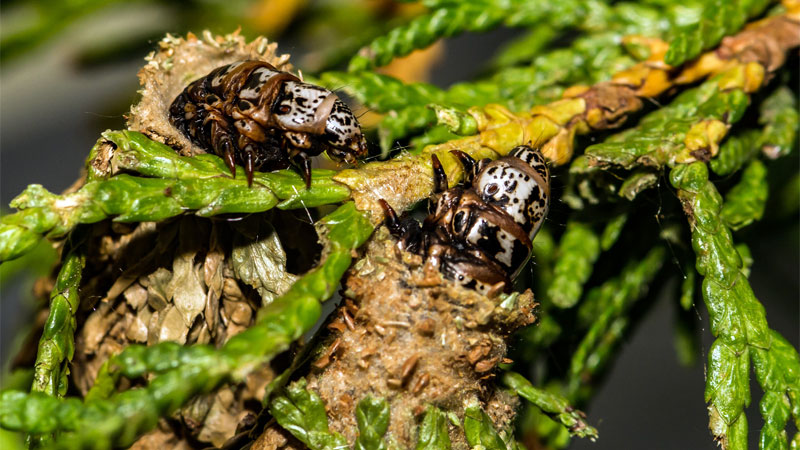
 Just tell me how to get rid of ’em.
Just tell me how to get rid of ’em.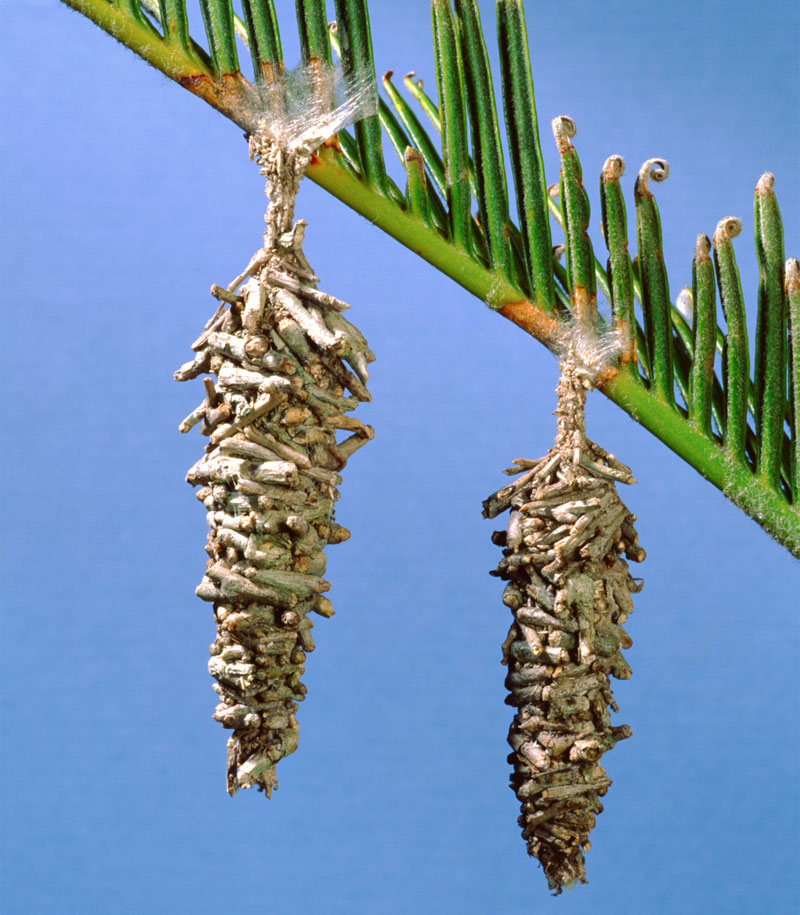
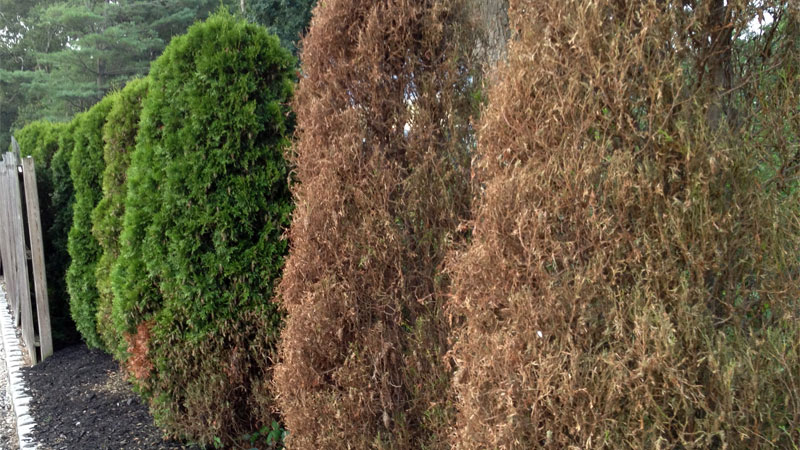
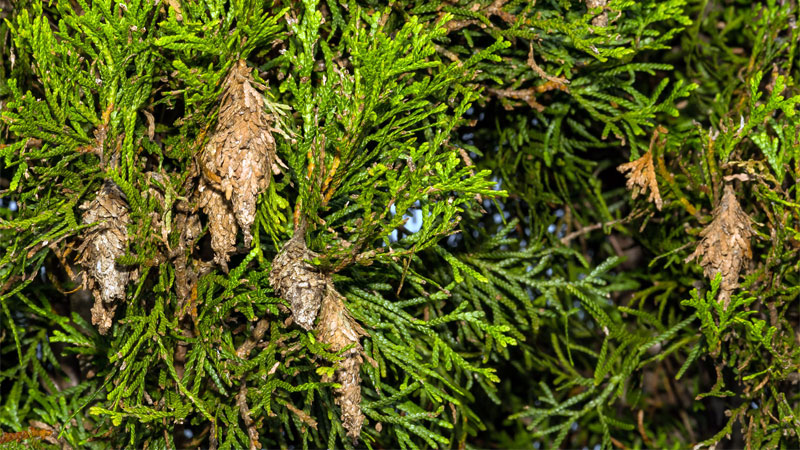
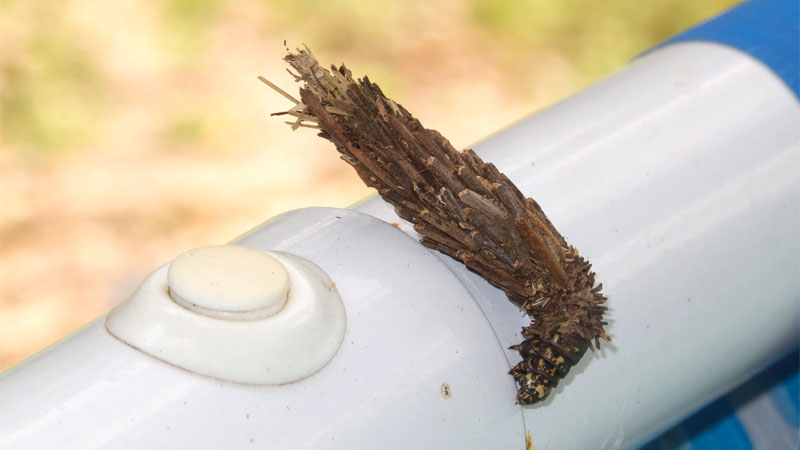



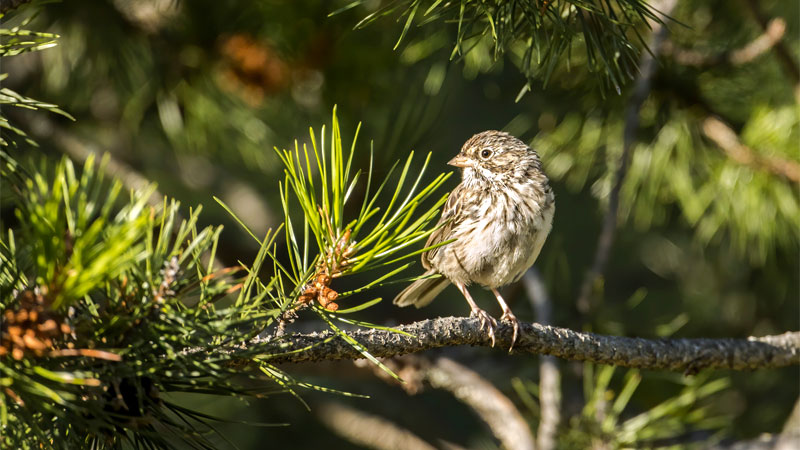
Very informative article,Thank You!
I am treating an upright arborvitae that I found very small bags throughout and majority of damage is at the very top. As I found out through research is their modus operandi. After days of handpicking and getting nowhere fast I enlisted an insecticidal spray contains Spinosad (Fertilome brand) and a systemic insect control from Bonide, two brands in which I have considerable faith.
It is the first week of July so hopefully I will get them in check before I see anymore damage.